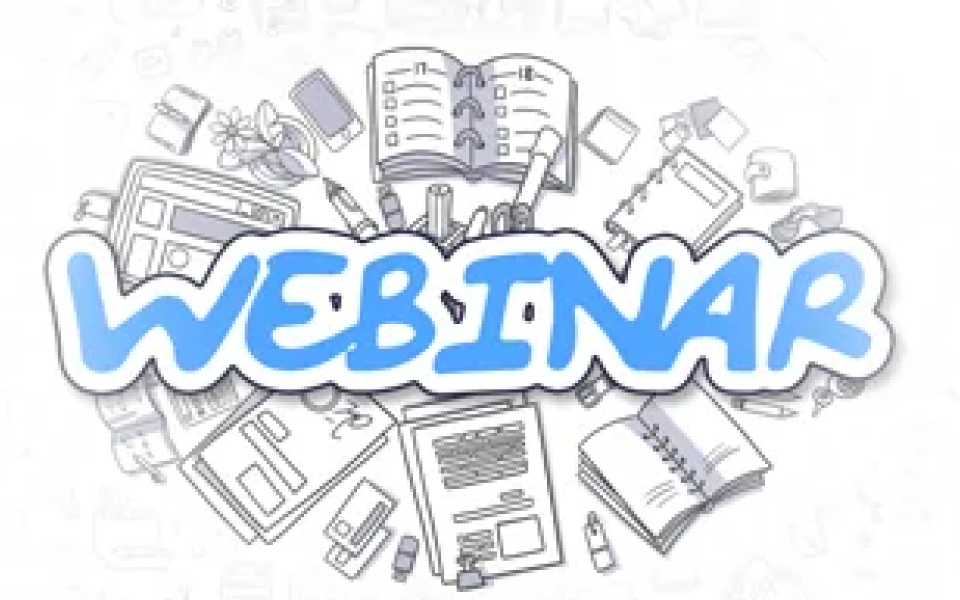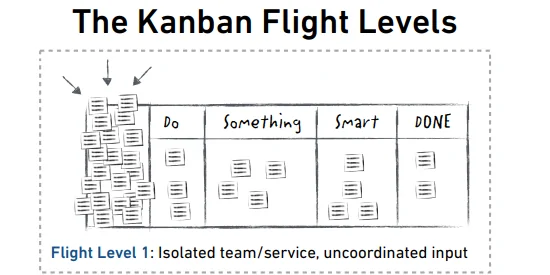- Filter by
- Categories
- Tags
- Authors
- Show all
- All
- Agile
- Agile ALM
- Agile Marketing
- Agile Metrics
- Agile Tool
- AI
- ALM
- ALM Tools
- Application Lifecycle Management
- Application Portfolio Management
- Artificial Intelligence
- Blogs
- Bytes
- Capacity Planning
- Collaboration
- Essential SAFe
- Everyday Kanban
- Hybrid Agile
- Kanban
- Kanban board
- Kanban cycles
- Kanban for Distributed Teams
- Kanban Tool
- Leadership
- Lean
- Lean ALM
- Lean Software Development
- Lean SSC
- Lean/ Kanban
- Management
- Modern Management
- News and Events
- Newsletter
- Portfolio Kanban
- Portfolio Management
- PPM
- Process Maturity
- Product Updates
- Product Webinars
- Project Management
- Remote Working
- Requirements Management
- SAFe
- Scaled Agile ALM
- SwiftEnterprise
- SwiftEnterprise Updates
- Uncategorized
- Upcoming Webinars
- Visual Management
- Visualization
- Webinars
- WIP
- All
- Account Reporting
- agile
- Agile 101
- Agile ALM
- Agile Management
- Agile Marketing
- Agile Metrics
- Agile Tool
- AgileIndia2015
- Agility
- AI
- ALM
- ALM Tools
- Application Lifecycle Management
- august swiftkanban
- Be Nimble
- Benefits of ALM
- Best
- Books
- Brochures
- Burndown Chart
- Business Benefits of ALM
- Business Management
- Capacity Planning
- Card Color
- Case Studies
- Change Management
- Checklists
- class of service CoS
- cognitive thinking
- Collaboration
- Collaborative Product Management
- continuous improvement
- Customer Satisfaction
- Cycle Time Analysis
- Cycle time settings
- Cycles
- DAD
- Developer Productivity
- DevOps
- Discovery Kanban
- Effort Tracking
- Elimination of waste
- Employee Engagement
- Employee Productivity
- Enterprise Kanban
- enterprise se
- Enterprise Services Planning
- Esp
- Essential SAFe 4.0
- Fixed-Duration Projects
- Fixed-Price Projects
- flowefficiency
- Getting things done
- Global Delivery Model
- Granular Kanban
- GTD
- Humanizing Work
- Hybrid Agile
- Importance of WIP Limits
- Infographics
- innovation
- Issue management
- IT
- IT Ops
- Kanban
- Kanban 101
- kanban app
- Kanban board
- kanban cadences
- kanban cards
- Kanban cycles
- Kanban for Business Analysis
- Kanban for Distributed Teams
- Kanban Hierarchy
- Kanban in Marketing
- Kanban in Procurement
- Kanban Portfolio Management
- kanban to-do Board
- Kanban Tool
- Kanban tools
- kanban update
- Kanban/ Agile Webinars
- kanbanflow
- Kanbantraining
- Leadership
- Lean
- Lean ALM
- Lean Procurement
- Lean Software Development
- Lean SSC
- Lean/ Kanban
- Lean/agile framework
- leankanban
- Leankanbanuniversity
- Learning
- LeSS
- LSSC11
- Management
- marketing management
- Modern Management
- MUDA
- Objectives
- Paired Programming
- Personal Kanban
- PI Planning
- PKFLOW
- Planning & Tracking
- PM 101
- Portfolio Kanban
- Portfolio Management
- PPM
- Process
- Process Maturity
- processes
- Procurement
- Product Management
- Product Owner
- Product Webinars
- Program Increment
- Project Portfolio Management
- Project Team Productivity
- Quantification
- Release Management
- Release Train Engineer
- Replenishment Meeting
- Reporting
- Requirements Management
- RoI of ALM Tools
- Root cause analysis
- SAFe
- Scaled Agile
- Scaled Agile ALM
- Scaled Agile Framework
- Scaling Agile
- Scrum
- Scrumban
- Software
- Software Estimation
- SwiftESP
- SwiftKanban
- SwiftKanban iOS app
- swiftkanban july
- swiftkanban june
- swiftkanban mobile app
- SwiftKanban Update
- Systems Thinking
- Task Lists
- Team Kanban
- Teams
- To-Do Board swiftkanban
- To-Do Lists
- Toyota Kata
- upstream Kanban
- user story
- Visual Management
- Visual Project Management
- Visualization
- Webinars
- Whitepapers
- WIP
- WIP limit
- wip limits kanban
- Work Breakdown
- XP
- All
- Muhammad Raza
- Anadi Misra
- Andrea Fryrear
- Repaka Anjana Likitha
- Anitej Rao
- Ashwin Swarup
- Ashwini Lalit
- Anshuman Singh
- Bhaskar S
- Bhavesh Siddamsettiwar
- Raghunath Basavanahalli
- Bash Sarmiento
- Burkhard Berger
- Carlos Schults
- Christina Sookram
- Christophe Achouiantz
- David Anderson
- Dave White
- Elizabeth Harrin
- Florian Boldt
- Team Infosec
- Joaquin Aceron
- Jim Benson
- Julia Wester
- Karan Gadani
- Kshipra Bhat
- Linsa Saji
- Mahesh Singh
- Manikandan R
- Marjan Venema
- Masa K Maeda
- Mike Burrows
- Navin Anand
- NimbleWork PR
- Nishanth Mittu
- Niveditha Reddy
- Natalia Manha
- Priyank Parekh
- Ram Subramanian
- Rumyana Dancheva
- Roman Shvydun
- Rupal Kaushik
- Siddharth Dutta
- Simli Saha
- Subhajit Sengupta
- Sudipta Lahiri
- Sunita Vyas
- Team ESG
- Zach Watson
May 11, 2017
Published by NimbleWork PR on May 11, 2017
Categories
Determinism is the dark side. Let The Force guide you. When you feel the pull of the dark side to satisfy expectations, reach for your Sonic Screwdriver – and overcome your challenges by introducing classes of service. Class of Service is to the Kanban coach what the Sonic Screwdriver is to Dr. Who – a tool to take on any challenge! Learn how to apply classes of service to achieve large enterprise scale Kanban implementations.
March 31, 2017
Published by NimbleWork PR on March 31, 2017
Categories
Often, product development teams struggle to tell the story of how we came to the solution we’ve landed upon and delivered. In cloud infrastructure development, we use discovery technique which often involves testing new ideas to see if they solve the problem and bring the expected value we’ve intended to develop. This process often starts with an idea “a” that morphs and transforms into a product/technology “z”. Because of their position, executive leaders often don’t get this story which can lead to frustration and churn.
March 3, 2017
Published by NimbleWork PR on March 3, 2017
Categories
Discover the possibilities of Agile Marketing and the power of applying Agile outside of IT. Maria Matarelli explores a case study of Agile applied to Marketing and discusses the benefits of aligning your organization’s use of Agile across departments along with the mindset shift necessary.
January 30, 2017
Published by NimbleWork PR on January 30, 2017
Categories
We often look to our engineering teams first to drive efficiency and speed to deliver but as we optimize the flow of our development processes we quickly create pressure in the organizational workflow with the activities that feed into and out of product delivery. Product definition struggles to keep pace and establish a queue of viable options to pull from. Marketing efforts begin to pile up as features release faster than we can share the news. All of this stems from optimizing only one part of the overall system. In this webinar, we will look at how to scale Kanban practices to the entire organization to provide the visibility, flexibility, and predictability to make every part of the business truly agile.
December 2, 2016
Published by NimbleWork PR on December 2, 2016
Categories
David looks at seven problems in this webinar which deep Kanban implementations address and which practitioners in shallow proto-Kanban implementations don’t yet address. The webinar provides pragmatic actions you can take to make the paradigm shift to “pull” and leverage the economic benefits that it promises at Enterprise Scale
November 1, 2016
Published by NimbleWork PR on November 1, 2016
Categories
The purpose of a business organization is to create value for its customers through meaningful work. In a fast-paced world, this proves to be quite a challenge. Organizations need to cope with a fluctuating, fragmented, and often, conflicting demand. This is the source of much frustration and tension (and loss of value).
October 12, 2016
Published by NimbleWork PR on October 12, 2016
Categories
Kanban is effective in helping organizations change their behavior. Behavioral economics helps us understand some of the underlying reasons why people act the way they do. In this talk Masa K Maeda will show how we can combine them to make people and their organizations more successful.
April 1, 2016
Published by NimbleWork PR on April 1, 2016
Categories
Kanban is now table stakes for many businesses managing enterprise services delivery. They have learned that introducing Kanban to their management system has improved service delivery with typical results showing 400% increase in delivery rate, drops in lead time ranging from 50% to 90%, and significant gains in predictability and on-time delivery.
February 15, 2016
Published by NimbleWork PR on February 15, 2016
Categories
Most Agile frameworks reach their limits when one wants to “agilize” more than a few teams, let alone when one wants to achieve real agile collaboration of several hundred people across the organization. The main problem is that most agile methods focus on team-level performance. In the best case, you don’t see any improvement, in most of the cases it is getting worse. Local optimization leads to global sub optimization! But what does this mean? And how can you increase agility beyond the team?







